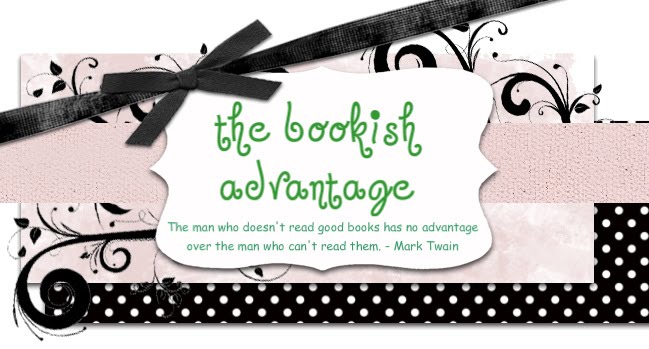Because it’s been two years since I last posted, I’m going to start by linking you to a few of my most viewed posts to give you an idea of who I am as a blogger. Then in the coming days, I’ll be posting some of my new work and some of the things I’ve been developing over the past two and a half years.
DRTA is a
comprehension strategy that guides students in asking questions about a text,
making predictions, and then reading to confirm or refute their predictions.
The DRTA process encourages students to be active and thoughtful readers, which
enhances their comprehension. The DRTA model actually consists of three parts:
D – Direct, R – Read, and T – Think. The process of those three combine to make
the A – Activity.
This is a
chapter summary from Jeffrey Wilhelm’s book Engaging Readers and Writers with
Inquiry. [Wilhelm, Jeffrey D. (2007) Engaging
Readers and Writers with Inquiry. New York, NY: Scholastic.] In this chapter, Wilhelm introduces us to
authorial reading, a concept directly connected to the social nature of reading
that encourages the reader to interact with the author while reading a text.
Through the process of authorial reading, readers use the understandings that
the author has put into the text to create a better understating of his/her own.
This is another reflection on reading, but this time from
Cris Tovani’s book Do I Really Have to
Teach Reading [Tovani,
Cris. (2004) Do I Really Have to Teach
Reading? Portland, ME: Stenhouse Publishers.] In this post, I looked at chapters one and
four in the book to describe strategies for reading nonfiction and content area
text: Reading is an
individual experience, and it is a different experience for every individual.
Reading nonfiction and content-area text is especially different for every
person. However, there are some strategies that all successful readers use,
even if they use the strategies differently. Cris Tovani points out that you
have to ask questions as you read, but that they have to be questions that you
really care about and are curious about.





0 comments:
Post a Comment